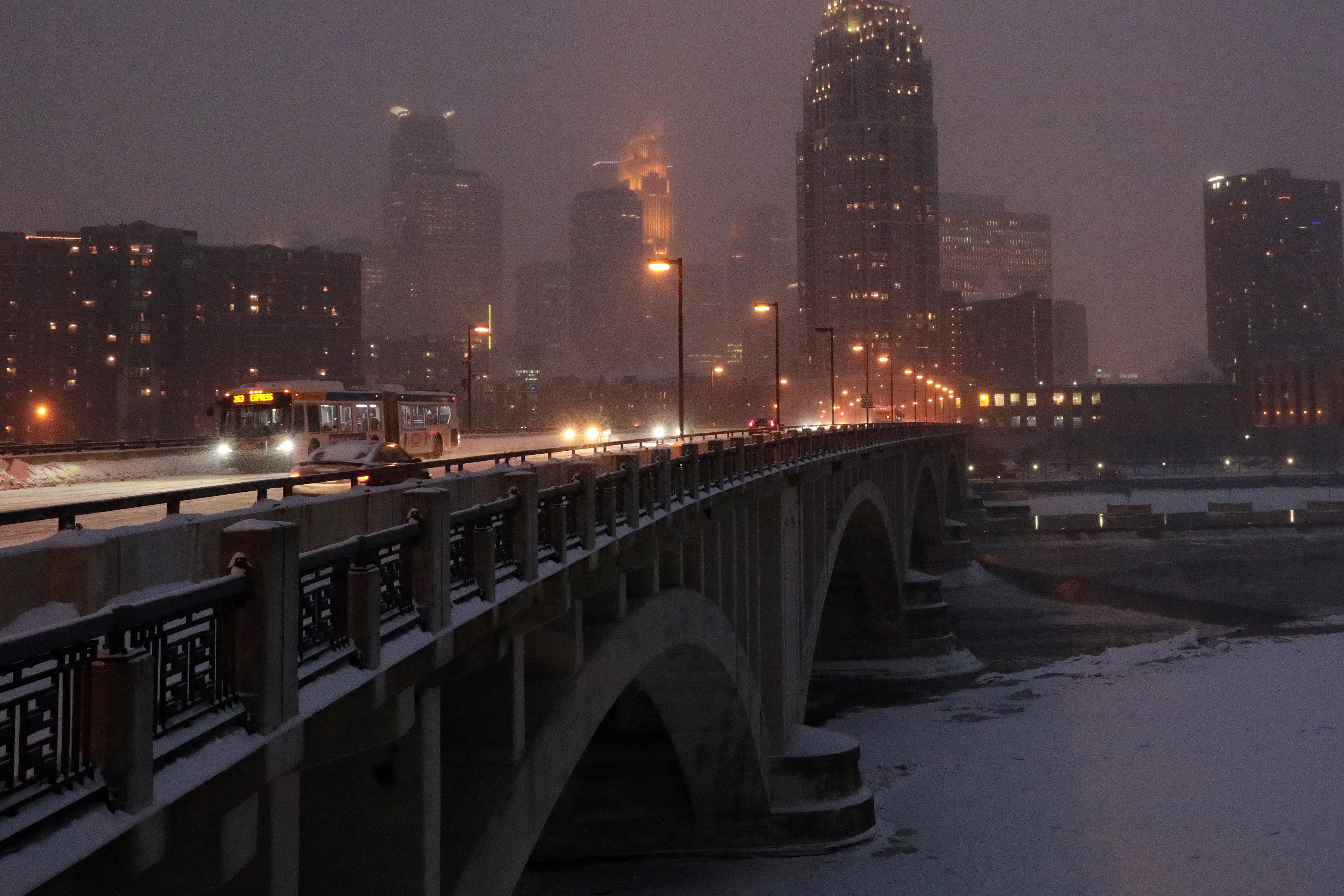Minneapolis was named by Charles Hoag, its first schoolmaster. He proposed combining Mni, a rough translation from Dakota for “water,” and “polis,” which is Greek for “city.” He may have considered pitching “Hoagburg,” but thought better of it.
The faces on the clock in Minneapolis’ City Hall — the big, green-roofed tower downtown — are bigger than the faces on the Great Clock in London, where Big Ben tolls the hours. No one believes us, but it’s true.
Until the 1930s, Minneapolis was known as the “Flour Capital of the World” (or, more informally, “Mill City”). There are still remnants and ruins of flour-milling plants along the Mississippi River downtown today.
We were also a candy capital: Mars, the company behind the Milky Way, was founded in Minneapolis in 1920. The light fluffy white confection in a Three Musketeers was once called “Minneapolis Nougat.”
In Prohibition days, St. Paul was a favored hangout by gangsters, thanks to politicians and police chiefs who accepted some long green to look the other way. Dillinger, Capone, Alvin “Creepy” Karpis — they all cooled off in St. Paul. It kept crime low, since they had to promise to do their business elsewhere. (Like Minneapolis.)
If you flew into town, you trod the same ground as Dean Martin, Burt Lancaster and Jacqueline Bisset. The 1970 movie “Airport” was filmed at MSP, back when there was only one terminal, which was named for homeboy Charles Lindbergh. (Locals still use the old names for Terminal 1 and Terminal 2, the latter of which was named after Hubert H. Humphrey, a Minnesota senator and the 38th vice president.)
Minneapolis’ first skyscraper, the Foshay Tower, was once the tallest building between Chicago and the Pacific Ocean. It’s now dwarfed by other skyscrapers, but you can still see its name in lights at night. (Incidentally, the man responsible for the eponymous building, Wilbur Foshay, was convicted of fraud in 1932. FDR commuted his sentence; Truman gave him a full pardon.)
Hennepin Avenue, a street known for its theaters, restaurants and bars, was, unlikely enough, named after Father Louis Hennepin, a Franciscan missionary and early explorer. Not sure what he’d think of his street these days.
In the Commons, the park outside the U.S. Bank Stadium, there’s a block of stone that reads “1947.” It’s not accompanied by any explanation. But insiders know the site was once occupied by the Star Tribune building and that 1947 was one of the years the oft-redesigned building was redesigned.
Minneapolis and St. Paul, like any siblings, have had feuds over the years. The Minnesota Twins, for example, were so named to avoid irritating either city. St. Paul thinks Minneapolis is glitz-addled and boastful; Minneapolis thinks St. Paul is stodgy and unnavigable. The biggest brouhaha was in 1890, when the census riled up the locals; each city accused the other of padding the numbers. Most of the hard feelings about that have subsided, but you never know. Best you don’t bring it up.
